When taking a Myers-Briggs personality test, one of the key distinctions you encounter is between Sensing (S) and Intuition (N). This preference determines how people perceive the world and absorb information. But what exactly does it mean to be an S or an N? And how does this impact your day-to-day life, decisions, relationships, and career?
Let’s explore the difference between N vs S in Myers-Briggs, with practical examples, a comparison of MBTI types, and insights into how each style functions
What Does 'N' Mean in Myers-Briggs?
In MBTI, 'N' stands for Intuition. People with this preference tend to focus on:
-
Patterns and possibilities
-
Abstract theories and future implications
-
Metaphors, symbolism, and hidden meanings
-
The bigger picture rather than small details
Intuitive types often enjoy imagining what could be, connecting dots others might miss, and seeking innovation. They value creativity and are driven by long-term visions rather than immediate facts.
Examples of MBTI types with N:
INTJ – The Architect: Strategic, forward-thinking
INFJ – The Advocate: Visionary, values-driven
ENTP – The Debater: Inventive and curious
ENFP – The Campaigner: Imaginative and energetic
What Does 'S' Mean in Myers-Briggs?
'S' stands for Sensing. These individuals tend to focus on:
-
Tangible facts and details
-
Present realities and practical matters
-
What they can observe with their five senses
-
Step-by-step processes
Sensing types are grounded in the present moment. They trust data and personal experience, often valuing traditions, efficiency, and accuracy over speculation. You can also read out the intuitive vs observant.
Examples of MBTI types with S:
ISTJ – The Logistician: Methodical and responsible
ISFJ – The Defender: Caring and detail-focused
ESTP – The Entrepreneur: Action-oriented and realistic
ESFP – The Entertainer: Practical and spontaneous
MBTI Types by N and S (Comparison Table)
N vs S in Daily Life (Examples)
In the workplace:
N types are more likely to propose new ideas, see trends, and innovate.
S types prefer tested methods, clear instructions, and reliable data.
In relationships:
N types might dream about the future and talk in abstract language.
S types may express love through practical actions and present-moment attention.
In decision-making:
N types rely on hunches or insights.
S types seek facts, examples, and past experiences.
Can You Be Both Intuitive and Observant?
Short answer: Yes, to a degree.
Everyone uses both sensing and intuition at times. However, one is typically more dominant in your natural preference. Through awareness and personal growth, many people can develop their non-dominant function and become more balanced.
Which Is Better: N or S?
There is no better or worse preference. Each brings unique strengths:
-
Intuitives are visionary, creative, and future-focused.
-
Sensors are practical, grounded, and efficient.
A team or relationship that includes both can be stronger due to the diversity of perspectives.
Final Thoughts:
Understanding the MBTI N vs S Dimension Understanding whether you lean towards Sensing or Intuition can give you powerful insights into how you learn, solve problems, and communicate. While you may naturally prefer one style, recognising the value of both can help you grow personally and professionally.
Whether you resonate more with the detail-loving S types or the big-picture N types, embracing your cognitive style is the first step toward leveraging it in your life.
FAQ
What is the difference between S and N in Myers-Briggs?
-
In the Myers-Briggs Type Indicator (MBTI), Sensing (S) and Intuition (N) describe how people process information.
-
Sensing (S) types are practical, detail-focused, and grounded in the present. They trust facts, experience, and observable data.
-
Intuitive (N) types are imaginative, big-picture thinkers who focus on possibilities and future potential. They tend to trust patterns and abstract concepts.
Is S or N more common in MBTI?
Sensing (S) types are more common than Intuitive (N) types in the general population. Similarly, Feeling (F) types are more prevalent than Thinking (T) types.
What’s the difference between Judging and Perceiving?
-
Judging (J) and Perceiving (P) reflect your approach to structure and decision-making.
-
Judging (J) types prefer order, planning, and decisiveness. They like having things settled.
-
Perceiving (P) types value flexibility, spontaneity, and keeping options open. They are more comfortable with adapting as they go.
Am I an N or an S?
-
The Intuitive (N) vs. Sensing (S) scale helps identify how you interpret information.
-
Sensing (S) individuals focus on present realities and factual input.
-
Intuitive (N) individuals are more likely to consider underlying meanings, future possibilities, and abstract ideas when processing the world around them.
Disclaimer: neuroVIZR is a wellness device created to promote relaxation, focus, and overall brain wellness. It is not a medical device, does not provide diagnoses, and is not intended to treat, cure, or prevent any medical condition. The device is not suitable for individuals with epilepsy. Experiences and results may vary from person to person.



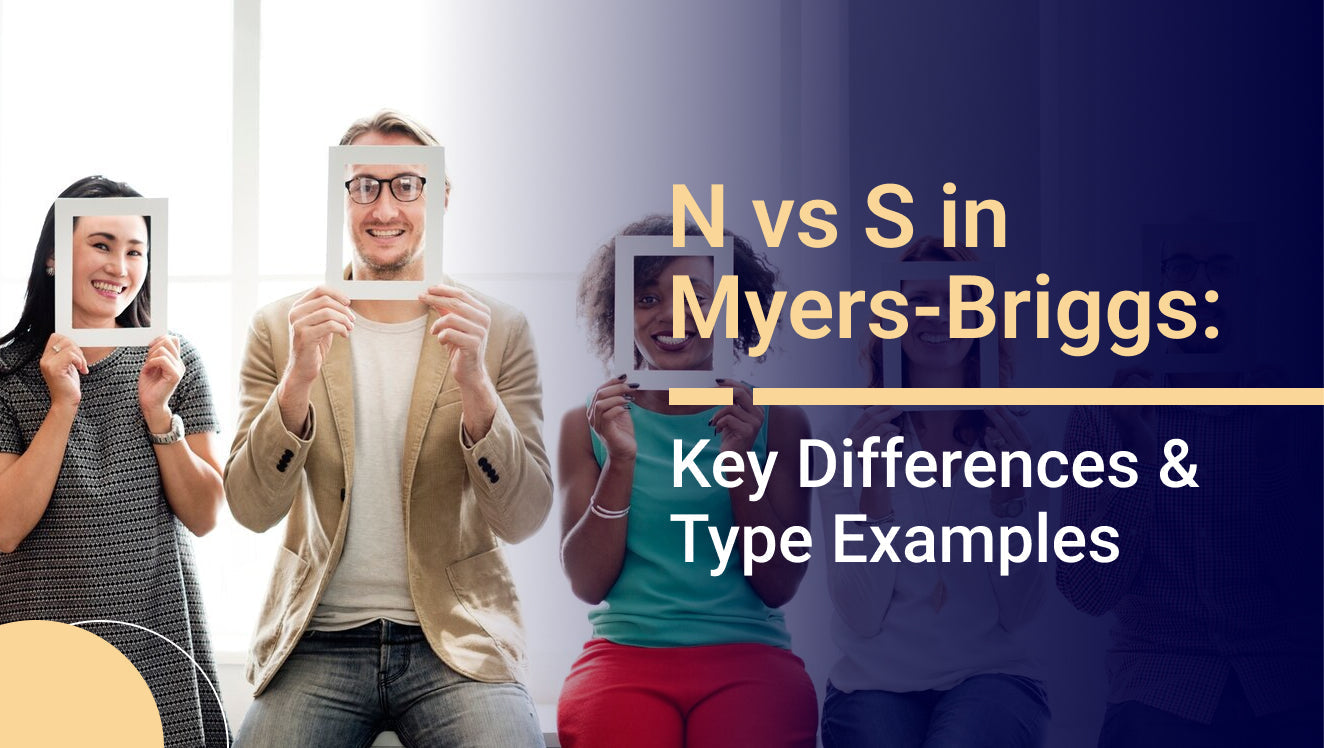


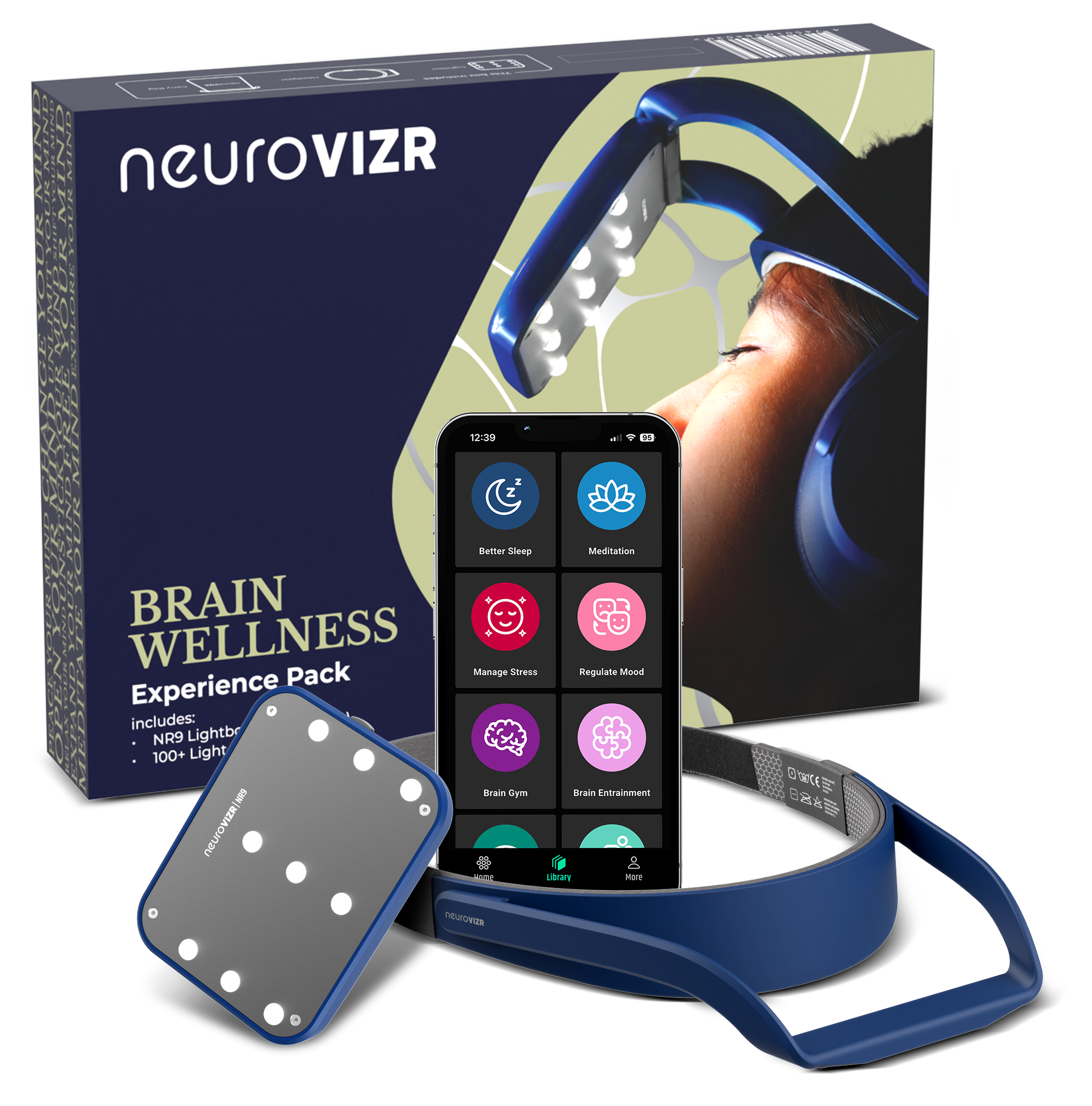

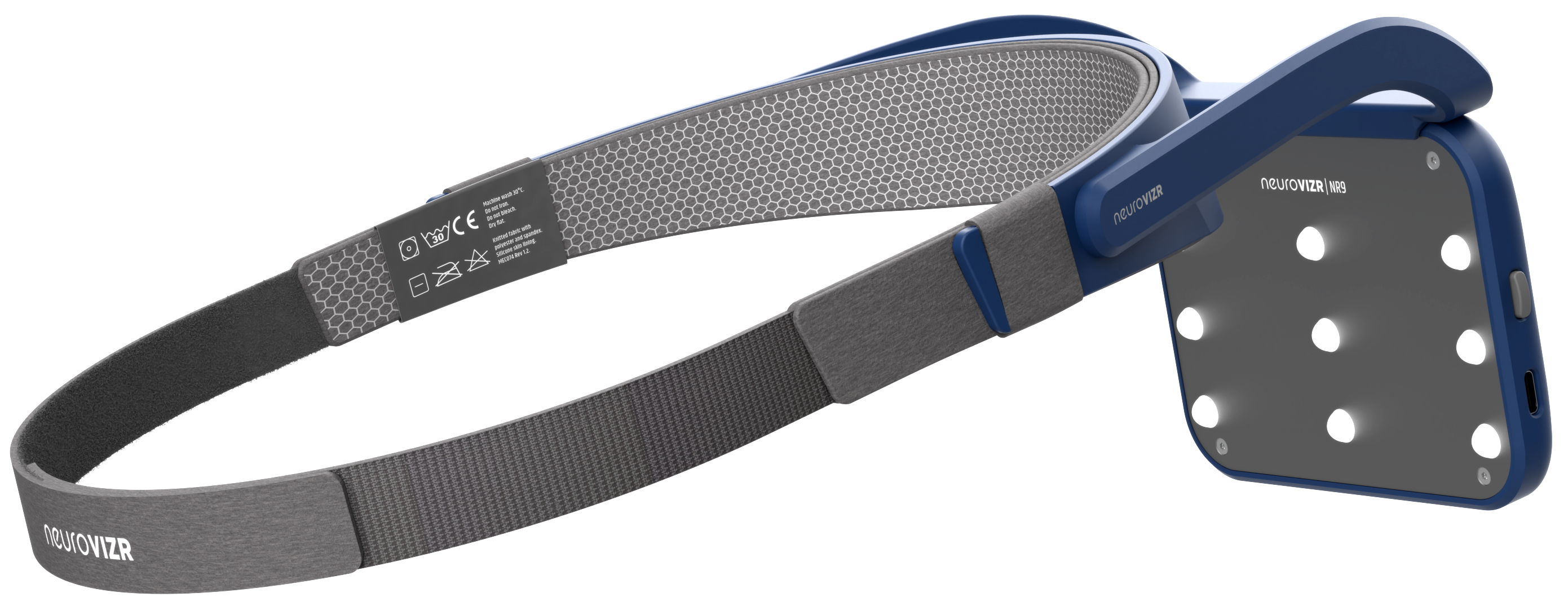
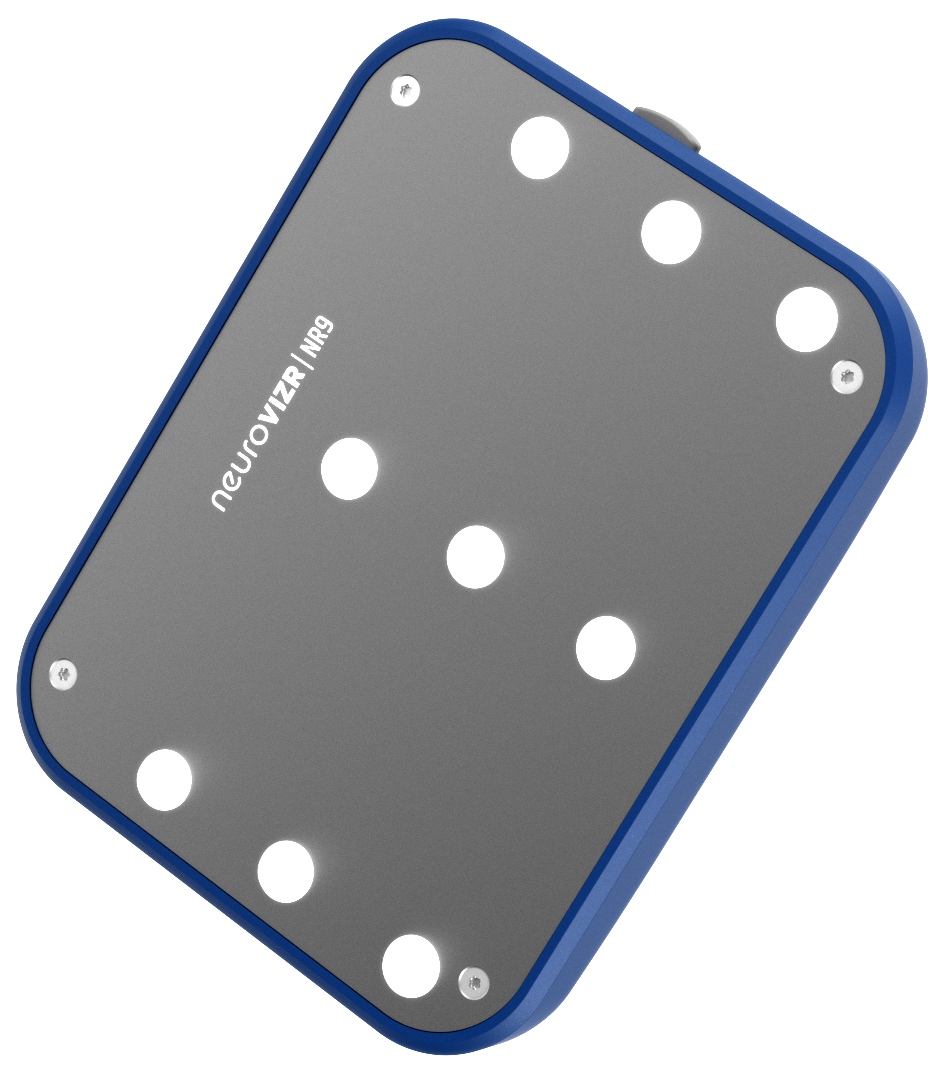
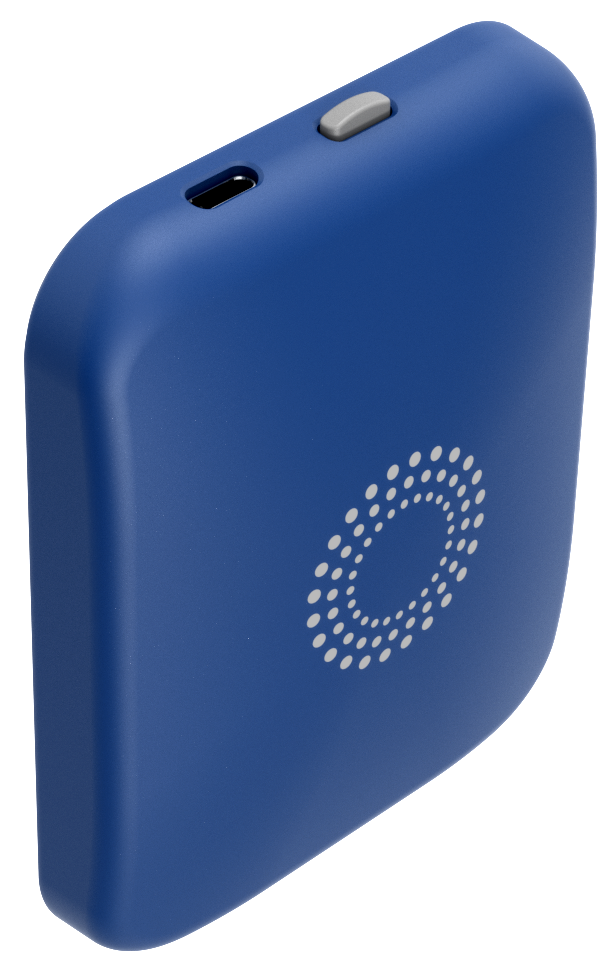
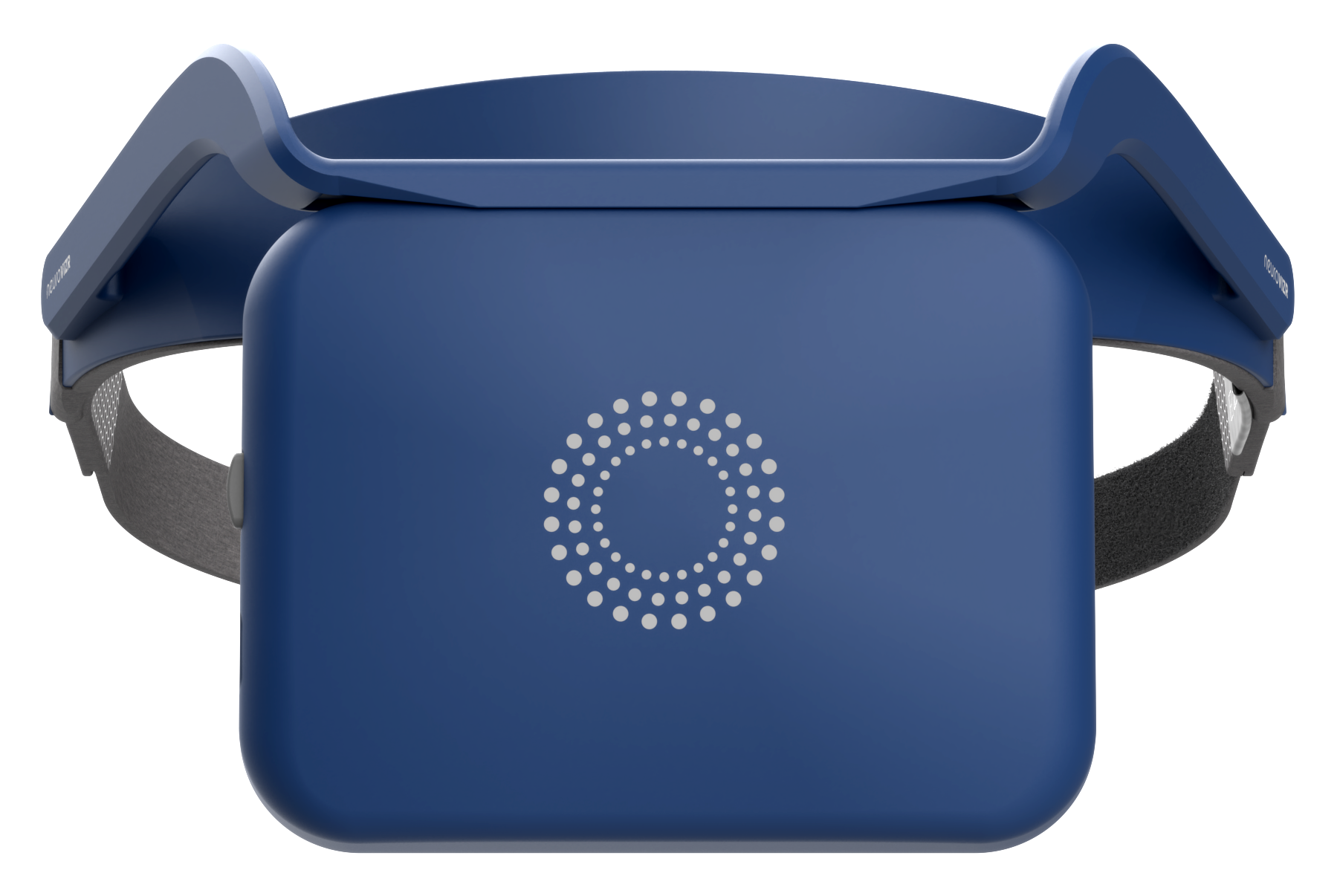
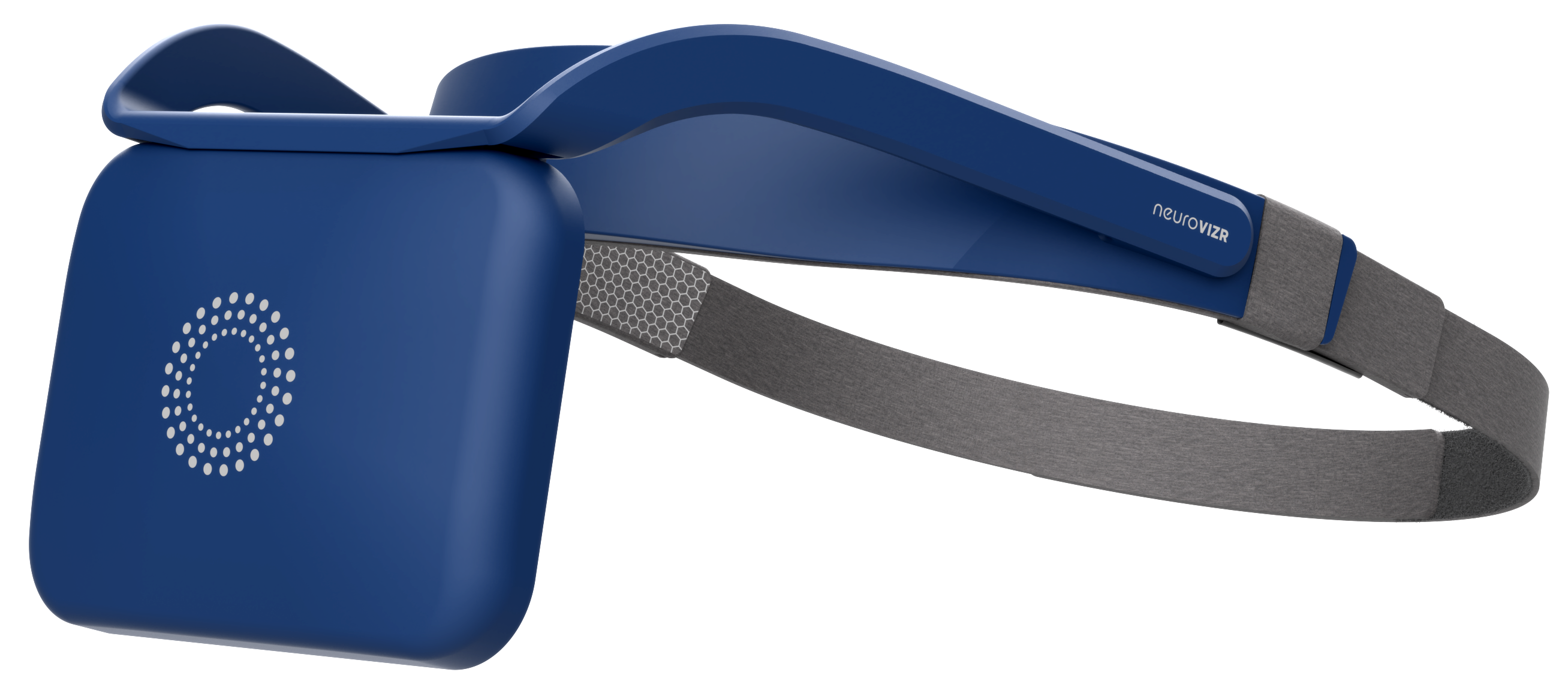
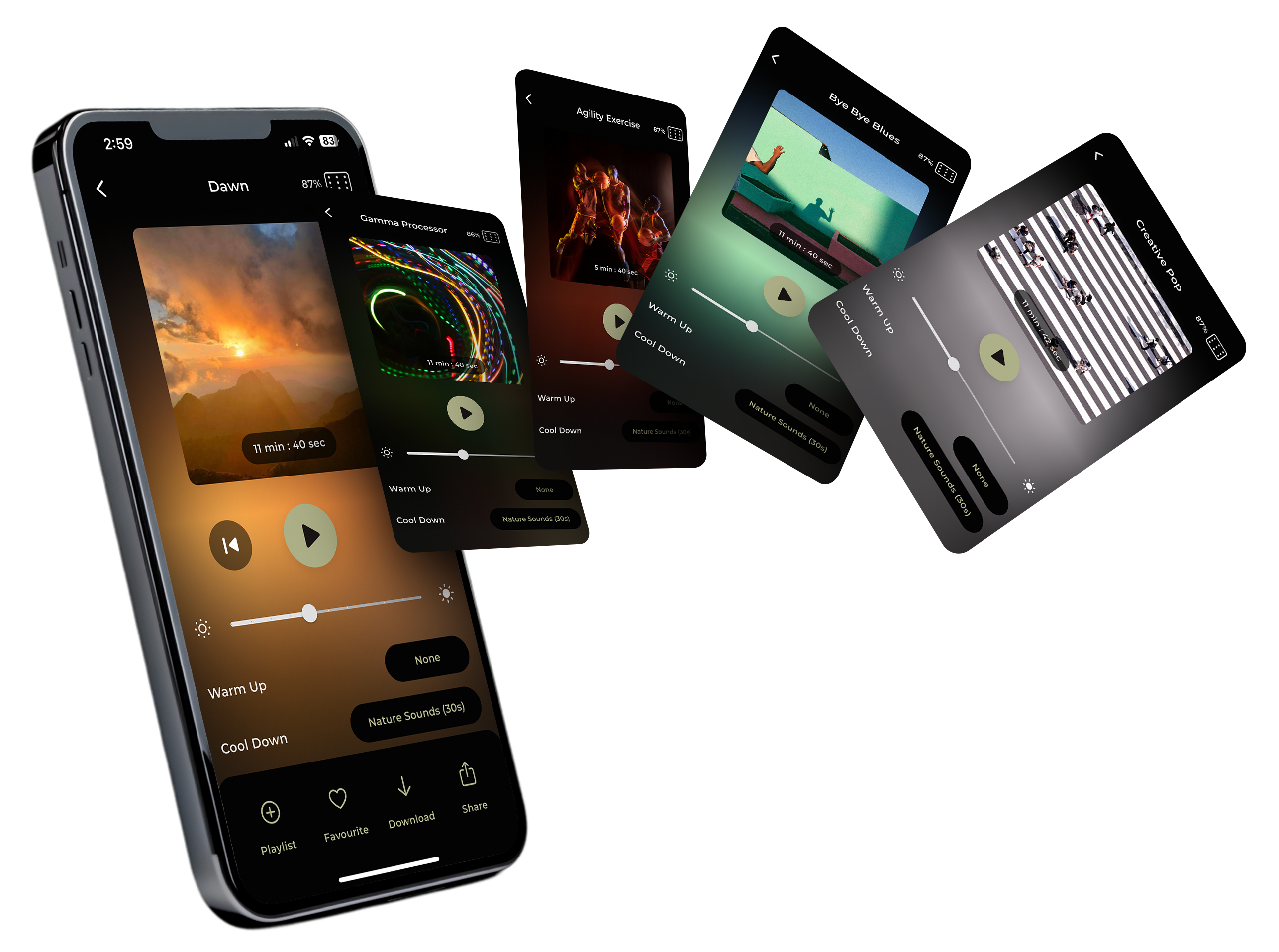
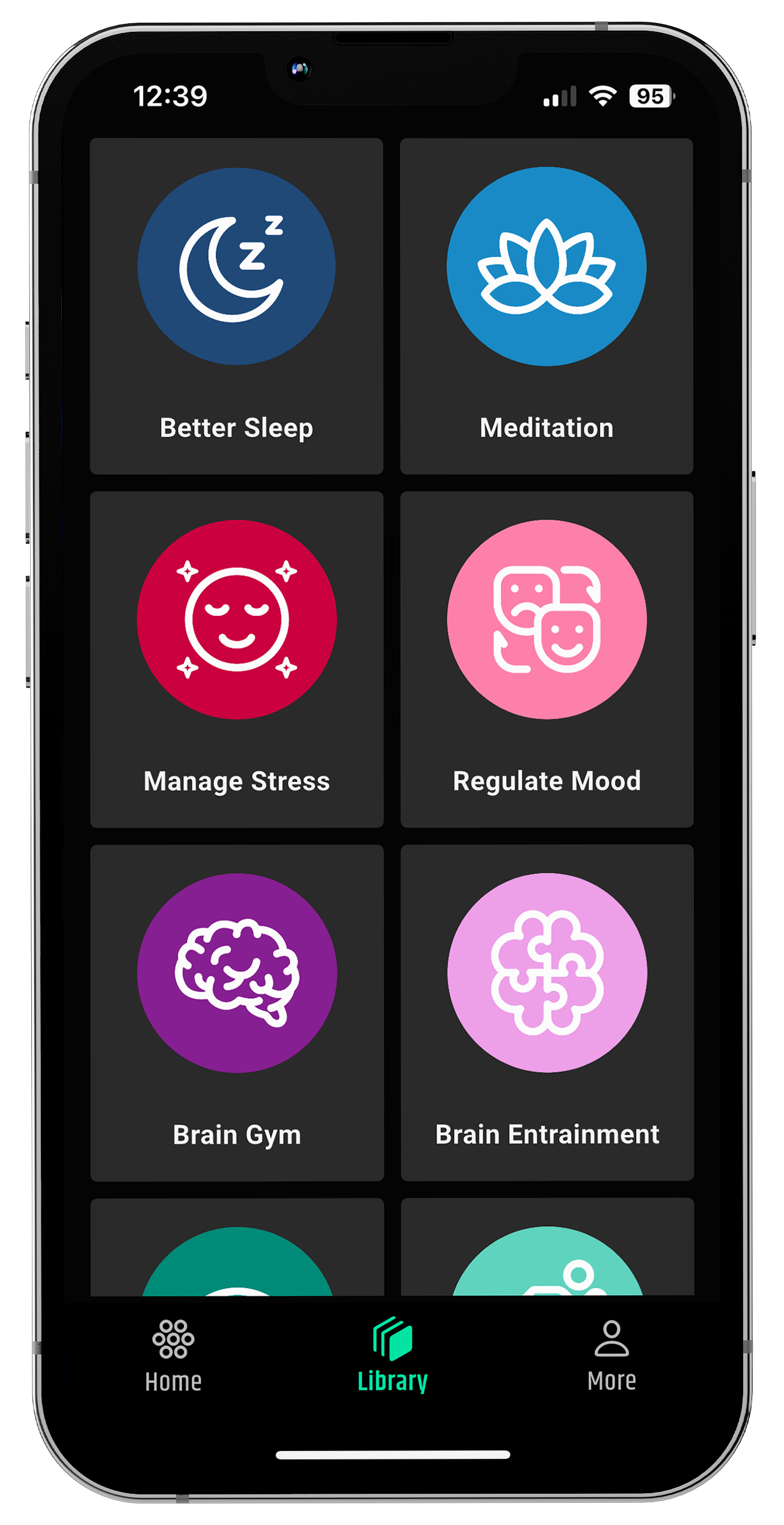
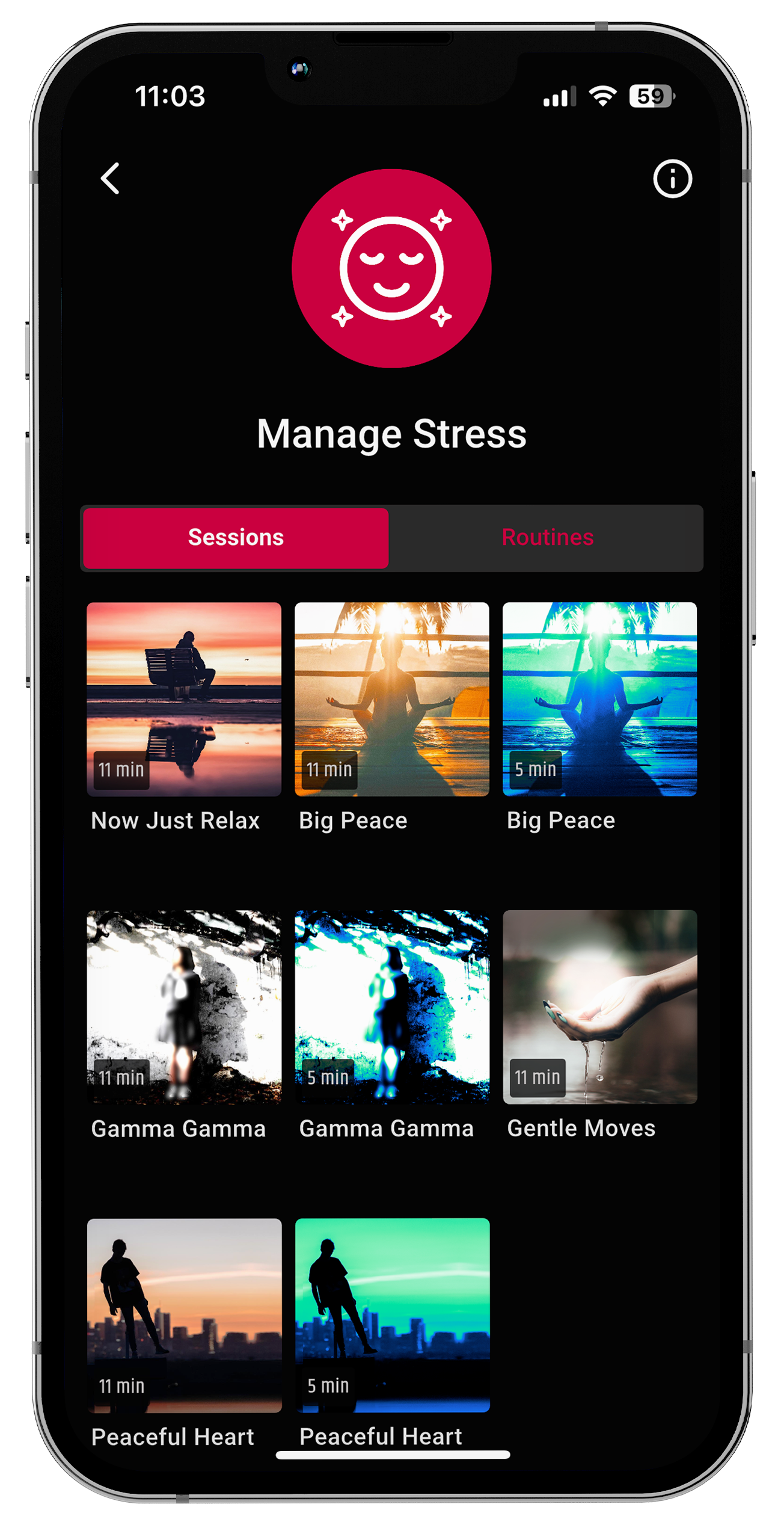
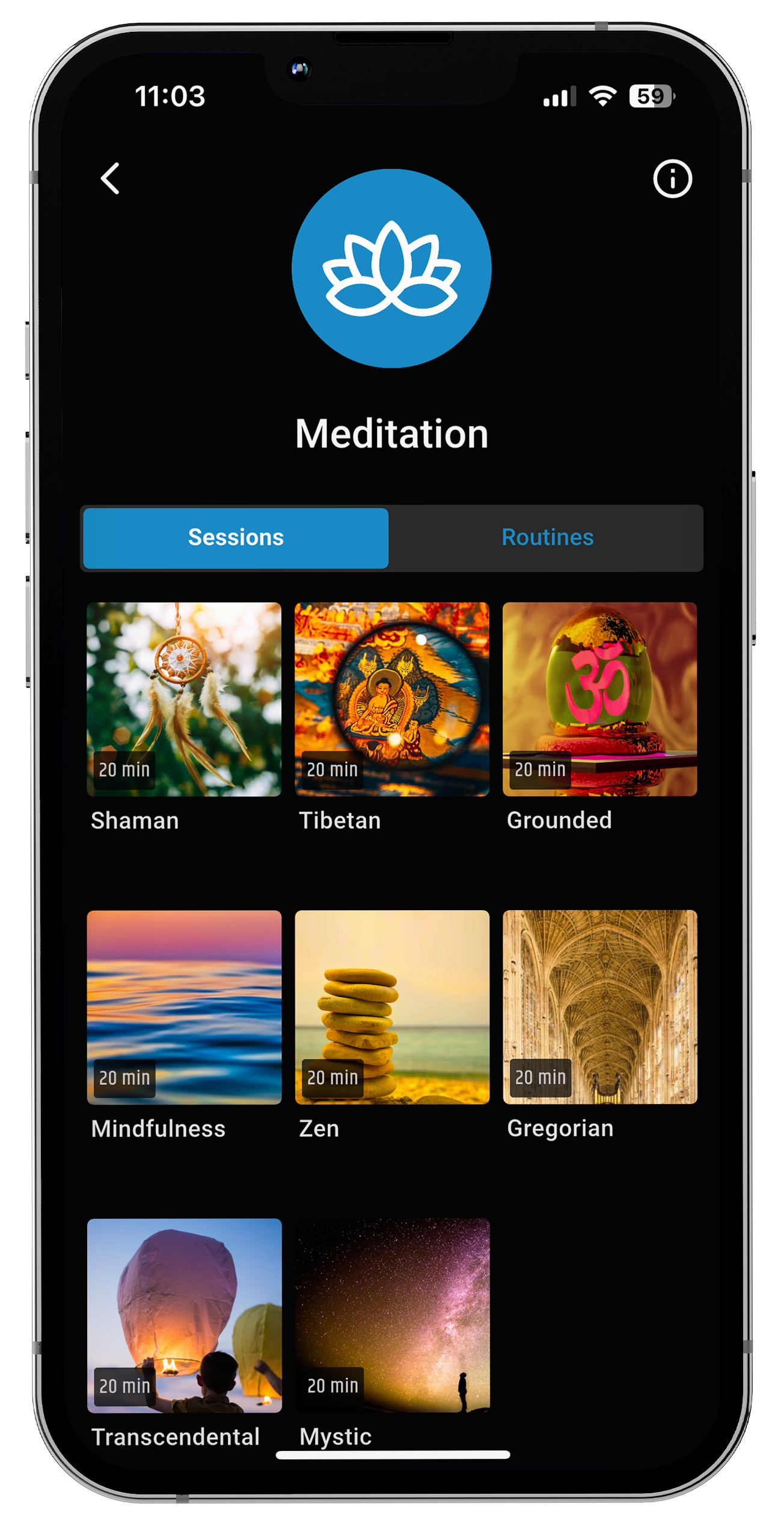
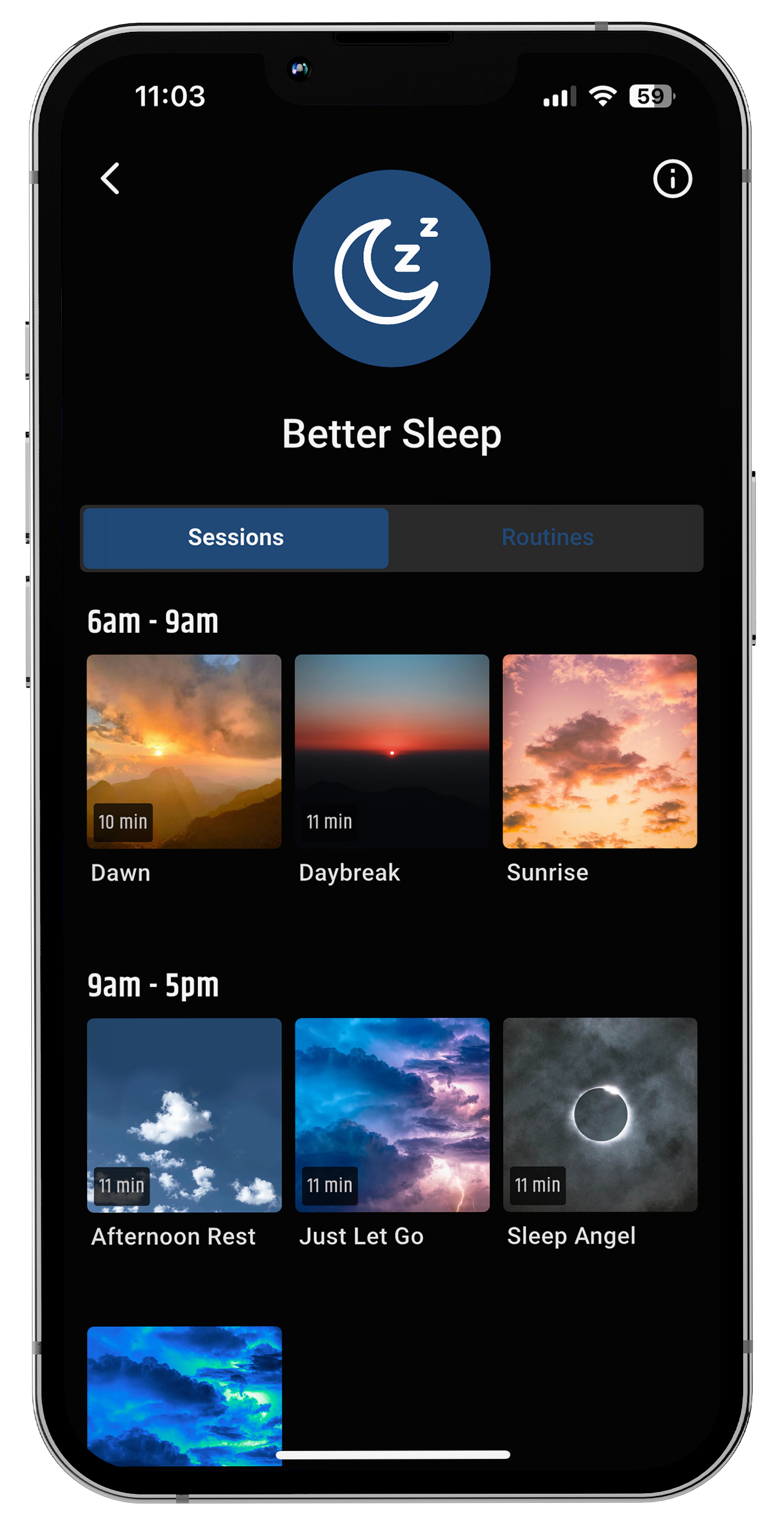
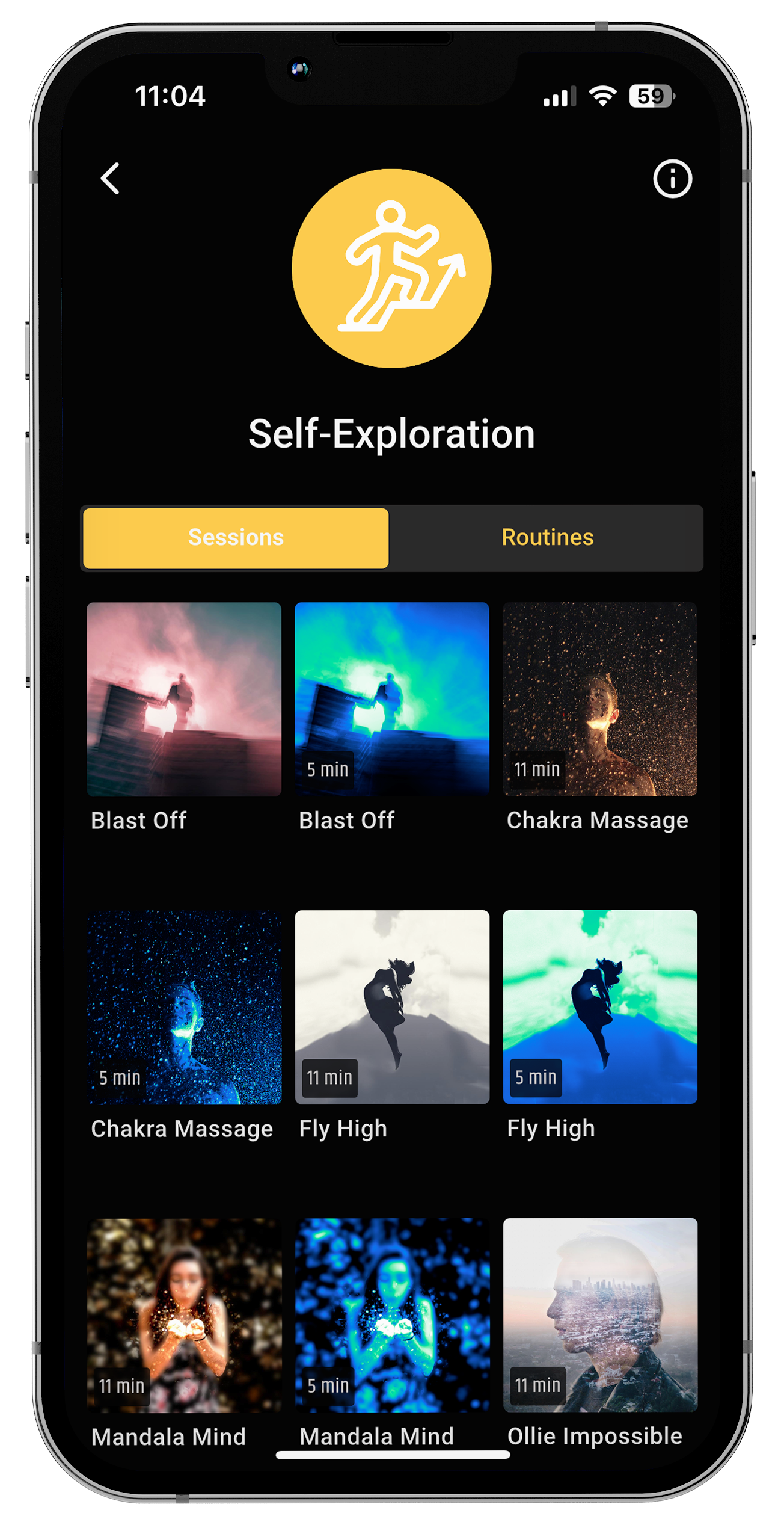
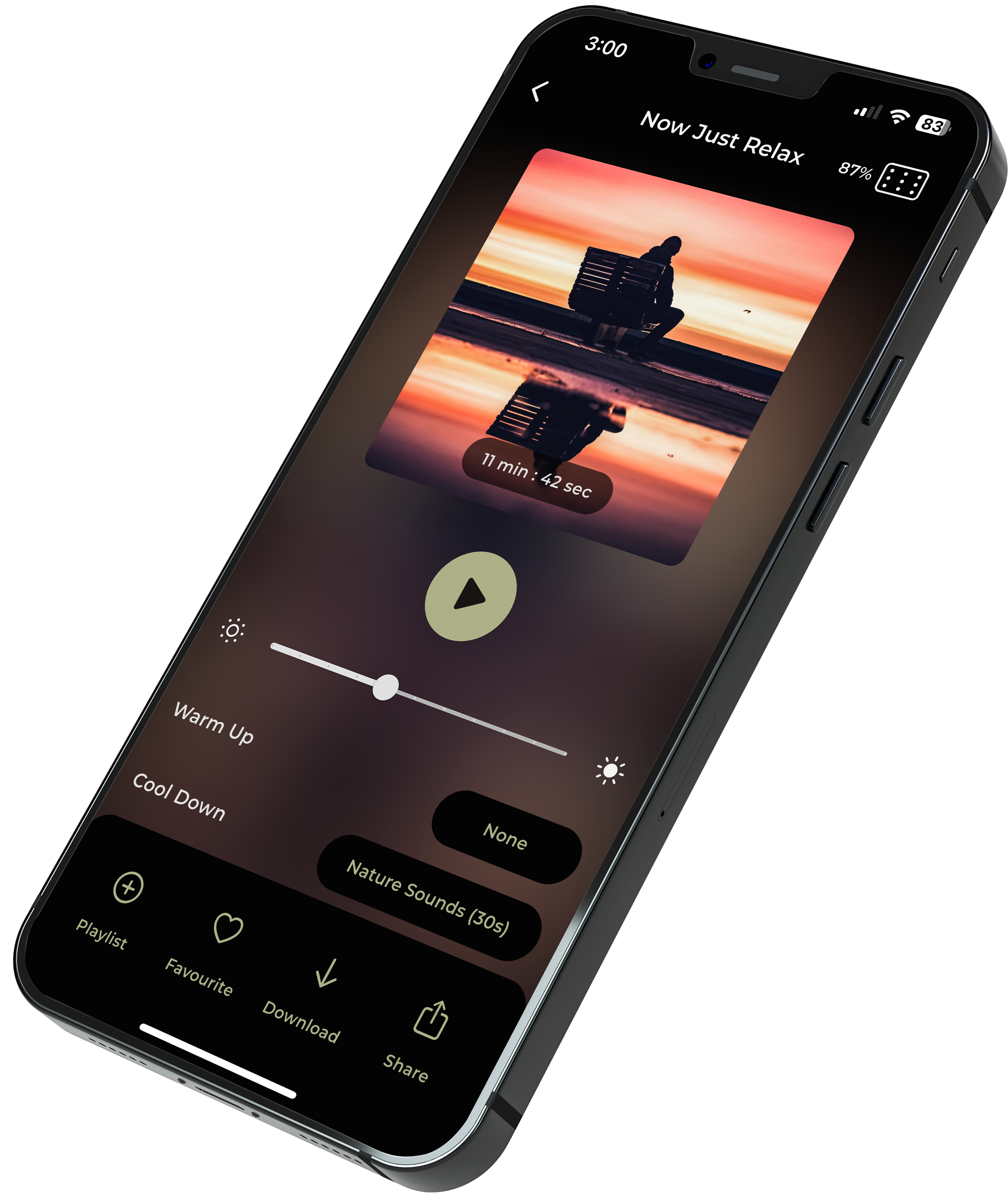


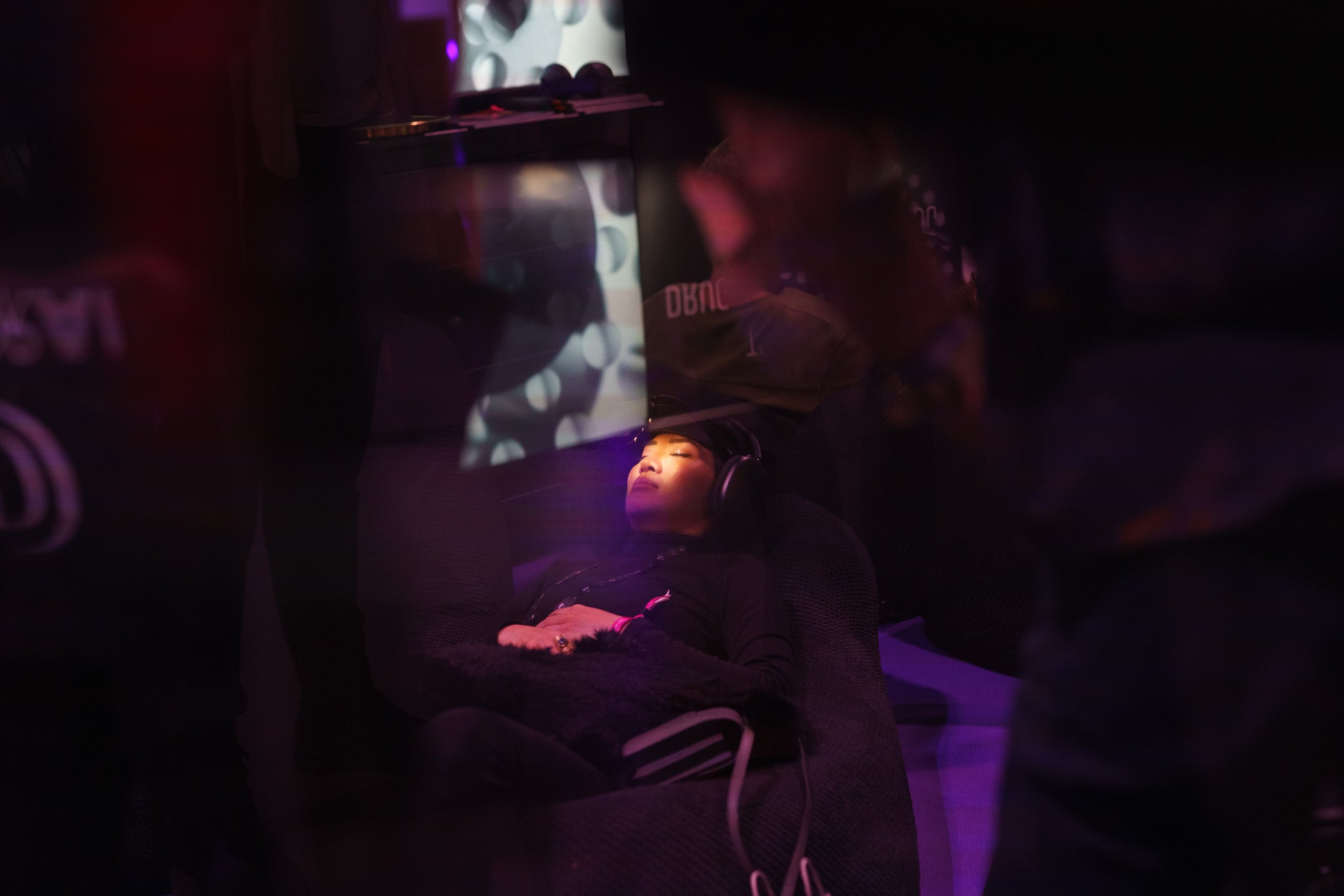





Share:
Intuitive vs Observant: Key Differences, Traits & Relationship Impact
The Diplomat Role in MBTI: Strengths & Personality Insight